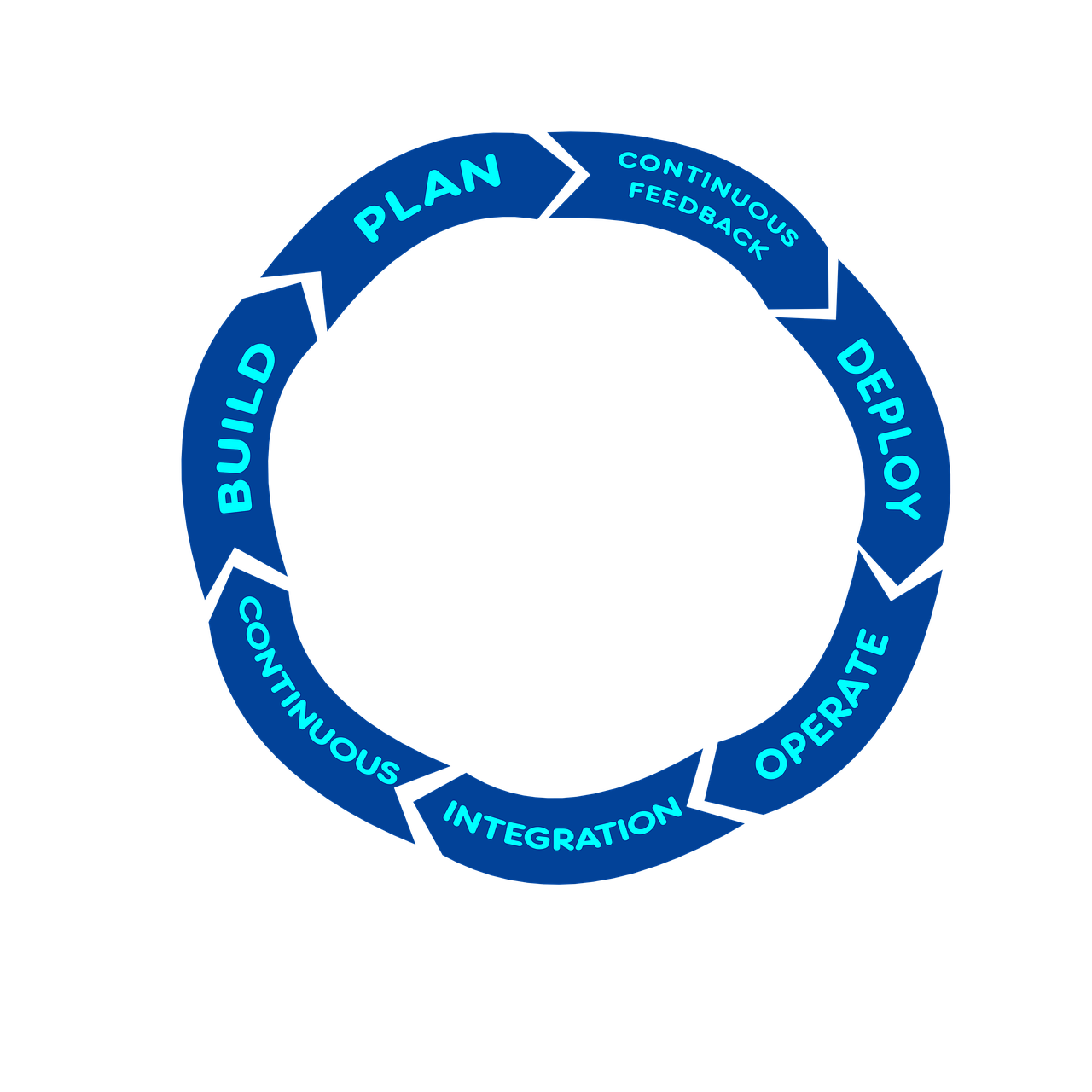Hey there, business enthusiasts! Today, we’re diving deep into the world of KPI metrics and why they are the secret sauce to supercharging your success. So, buckle up, because we’re about to embark on an exciting journey of growth and data-driven decisions!
Table of Contents
What Are KPI Metrics Anyway?
Okay, let’s start with the basics. KPI stands for Key Performance Indicator. Fancy name, right? But it’s not as complicated as it sounds. KPI metrics are simply those magical numbers that tell you how well your business is doing. They’re like your trusty navigation system, guiding you toward your goals and keeping you on the right track.

Why Should You Care About KPI Metrics?
Alright, you might be wondering, “Why do I need these numbers? Can’t I just wing it and hope for the best?”
Picture this: you’re the captain of a ship ⛴️, navigating through uncharted waters. You have a destination in mind – your business goals. Now, imagine sailing without a compass or a map. Scary, right? That’s exactly why KPI metrics are crucial for your business. They act as your compass, your map, and even your lighthouse, guiding you toward success.=.
- Data-Driven Decision Making 📈: KPI metrics are all about facts and figures. They provide you with accurate, tangible data about your business’s performance. When you make decisions based on concrete information, you eliminate guesswork and gut feelings. Instead, you rely on evidence, making your choices more informed and effective.
- Spotting Opportunities and Threats: KPI metrics are like radar, helping you detect potential opportunities and threats on the horizon. By tracking these indicators, you can identify emerging trends, market shifts, or areas where you excel. On the flip side, you can also catch red flags early and take proactive measures to avoid pitfalls.
- Measuring Progress and Success ⚖️: As a business owner or manager, knowing whether you’re moving in the right direction is essential. KPI metrics act as milestones, telling you if you’re making progress toward your goals. They give you a sense of achievement and indicate areas that need improvement.
- Staying Competitive 🎖️: The business world is a fierce battleground, and staying competitive is a survival skill. KPI metrics allow you to benchmark your performance against industry standards or your competitors. This insight gives you a clear picture of where you stand and what you need to do to outshine the competition.
- Resource Optimization 🚹🚺💰💻: Your resources, whether it’s time, money, or manpower, are precious commodities. KPI metrics help you allocate these resources wisely. By identifying areas with high returns on investment and those that need adjustments, you can optimize your resources for maximum efficiency.
- Building Accountability and Motivation: When you have measurable goals and KPI metrics to track progress, you create a culture of accountability within your team. Everyone knows what’s expected, and they can take ownership of their roles in achieving those goals. Additionally, when your team sees positive results, it boosts their motivation and morale.
- Enhancing Customer Experience 😆: Happy customers are the lifeblood of any successful business. KPI metrics related to customer satisfaction and feedback help you understand your customer’s needs and desires better. By catering to their preferences, you can improve their experience and build strong, long-lasting relationships.
In a nutshell, caring about KPI metrics is like investing in a powerful GPS system for your business. They guide you with clarity and precision, allowing you to steer your ship confidently through the ever-changing tides of the market. So, embrace the data, and let KPI metrics be your guiding light on the path to triumph!
Types of KPI Metrics: Your Data Arsenal
Now that you’re all pumped up about KPI metrics, let’s talk about the different types you’ll encounter. First up, we have the Financial KPIs. These bad boys tell you all about the moolah your business is raking in (or not). Think revenue growth, profit margins, and how much dough you’re making from your investments.
Next, we have the Operational KPIs. These are the nuts and bolts of your business operations. They’ll tell you if you’re running like a well-oiled machine or if you need a tune-up. Metrics like cycle time and resource utilization help you streamline your processes and become a lean, mean business machine.
Oh, and let’s not forget the all-important Customer Satisfaction Metrics. These little gems tell you if your customers are cheering you on or booing from the sidelines. Happy customers mean repeat business and referrals, so you definitely want to keep them smiling!
How to Choose the Right KPI Metrics for Your Business.
Now that you’re sold on the idea of KPI metrics, you’re probably wondering how to pick the ones that will work best for your unique business. Well, it’s like building a custom playlist. You gotta know your audience and what makes them groove. Identify your business goals, figure out what success looks like for you, and then select the KPI metrics that align with your dreams. Let’s walk through the process step-by-step, so you can confidently pick the KPIs that align with your goals and aspirations.
Step 1: Define Your Business Objectives
Before diving into the world of KPI metrics, you need to have a clear understanding of your business objectives. Ask yourself: What do you want to achieve? Is it increasing sales, improving customer satisfaction, streamlining operations, or something else entirely? Identifying your primary goals will provide the foundation for selecting relevant KPIs.
Step 2: Focus on Key Areas
Once you know your objectives, pinpoint the key areas that directly contribute to achieving them. For example, if your goal is to enhance customer satisfaction, relevant areas might include response time to customer inquiries, product/service quality, and customer retention rates. By narrowing your focus, you avoid drowning in an ocean of irrelevant data.
Step 3: Ensure Measurability
Now comes the practical part – can you measure the chosen KPIs effectively? Ensure that you have access to the necessary data and tools to track your metrics accurately. Without reliable data, your KPIs won’t serve their purpose and might lead you astray. So, double-check that you can gather the required information before proceeding.
Step 4: Keep It Relevant and Time-Bound
Your KPI metrics need to be meaningful and time-bound. They should provide valuable insights into your business’s performance and progress. Avoid selecting metrics just because they’re trendy or commonly used in other industries. Focus on what matters most to your specific business and set realistic timeframes for achieving your targets.
Step 5: Choose a Mix of Leading and Lagging Indicators
Balance is key! Leading indicators are like the headlights of your car, showing you what’s coming ahead. They are predictive and help you identify potential issues early on. Lagging indicators, on the other hand, tell you how well you’ve done in the past. A combination of both types gives you a comprehensive view of your business’s performance.
Step 6: Involve Your Team
KPI metrics are not a one-person show. Involve your team in the decision-making process. They are the ones working on the ground level and can provide valuable input on which KPIs are relevant and achievable. Plus, when your team is part of the selection process, they’re more likely to be invested in achieving those goals.
Step 7: Monitor and Adjust
Congratulations, you’ve selected your KPI metrics! But the journey doesn’t end there. Continuously monitor your chosen KPIs and track progress over time. Be open to adjustments if needed. Business landscapes are dynamic, and what works today might not work tomorrow. Stay agile and be willing to refine your KPIs as your business evolves.
Conclusion
So, there you have it – the lowdown on KPI metrics and why they’re crucial for your business success. Embrace the data, make it your ally, and watch your business soar to new heights. Remember, it’s not just about the numbers; it’s about what you do with them that counts!
FAQs
1. How often should I track my KPI metrics? Track your KPI metrics regularly, depending on your business needs. Some may require daily monitoring, while others can be reviewed weekly or monthly.
2. Can I use the same KPI metrics for every business goal? Not necessarily. Different goals may require different KPI metrics. Tailor your choices to align with your specific objectives.
3. What if my KPI metrics aren’t meeting my targets? Don’t panic! Use this as an opportunity to identify areas for improvement and take strategic actions to get back on track.
4. Are KPI metrics only for big businesses? No way! KPI metrics are valuable for businesses of all sizes. They help you understand your performance, regardless of scale.
5. Can I get tools to help me track KPI metrics? Absolutely! There are plenty of awesome software and analytics tools out there to make KPI tracking a breeze.
Get ready to conquer the business world armed with the wisdom of KPI metrics! Keep those goals in sight, and remember, the data doesn’t lie. Now go forth and achieve greatness!


2 thoughts on “KPI Metrics: Want to Skyrocket Your Performance?”
Comments are closed.